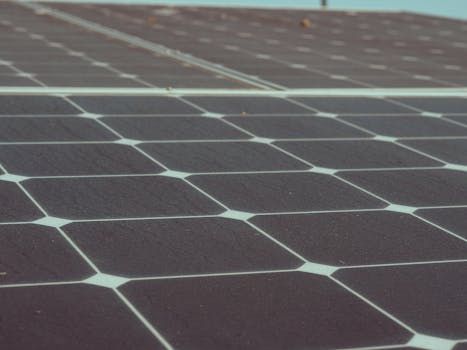
Sustainable Living: Emerging Trends for 2025
Sustainable living is becoming increasingly important as the world grapples with climate change, pollution, and resource depletion. Sustainable living is all about reducing our impact on the environment and promoting eco-friendly practices. In this article, we will explore the emerging trends for sustainable living in 2025.
Section 1: Introduction to Sustainable Living
Sustainable living is not just a trend, but a necessity. The world is facing numerous environmental challenges, including climate change, deforestation, and water pollution. To combat these issues, individuals, businesses, and governments must work together to adopt sustainable practices. Sustainable living involves making conscious choices to reduce our carbon footprint, conserve resources, and promote eco-friendly products.
Eco-Friendly Products
One of the emerging trends in sustainable living is the use of eco-friendly products. These products are made from sustainable materials, are biodegradable, and have minimal packaging. Some examples of eco-friendly products include reusable water bottles, bamboo toothbrushes, and refillable containers. By choosing eco-friendly products, individuals can significantly reduce their waste output and promote sustainable living.
Section 2: Renewable Energy Sources
Reneable energy sources are becoming increasingly popular as the world transitions away from fossil fuels. Solar energy, wind energy, and hydro energy are some of the most common renewable energy sources. These energy sources are clean, sustainable, and have minimal environmental impact. In 2025, we can expect to see a significant increase in the adoption of renewable energy sources, particularly in the residential and commercial sectors.
Energy Efficiency
Energy efficiency is another key aspect of sustainable living. By reducing energy consumption, individuals and businesses can lower their carbon footprint and promote sustainable living. Some ways to improve energy efficiency include using energy-efficient appliances, turning off lights and electronics when not in use, and insulating buildings. In 2025, we can expect to see a greater emphasis on energy efficiency, particularly in the built environment.
Section 3: Sustainable Food Systems
Sustainable food systems are critical for promoting sustainable living. This involves adopting practices such as organic farming, reducing food waste, and promoting local food systems. By choosing sustainable food options, individuals can reduce their environmental impact and promote sustainable agriculture. In 2025, we can expect to see a greater emphasis on sustainable food systems, particularly in the urban agriculture sector.
Reducing Food Waste
Reducing food waste is a critical aspect of sustainable food systems. Food waste is a significant problem worldwide, with an estimated one-third of all food produced being lost or wasted. By adopting practices such as meal planning, using up leftovers, and composting food waste, individuals can significantly reduce their environmental impact. In 2025, we can expect to see a greater emphasis on reducing food waste, particularly in the food retail and hospitality sectors.
Section 4: Sustainable Transportation
Sustainable transportation is essential for promoting sustainable living. This involves adopting practices such as using public transport, cycling, or walking, rather than driving a car. By choosing sustainable transportation options, individuals can reduce their carbon footprint and promote sustainable living. In 2025, we can expect to see a greater emphasis on sustainable transportation, particularly in the electric vehicle sector.
Electric Vehicles
Electric vehicles are becoming increasingly popular as the world transitions away from fossil fuels. These vehicles are clean, sustainable, and have minimal environmental impact. In 2025, we can expect to see a significant increase in the adoption of electric vehicles, particularly in the personal and public transportation sectors.
Section 5: Conclusion
In conclusion, sustainable living is critical for promoting a healthy and sustainable environment. By adopting practices such as using eco-friendly products, renewable energy sources, sustainable food systems, and sustainable transportation, individuals can significantly reduce their environmental impact and promote sustainable living. In 2025, we can expect to see a greater emphasis on sustainable living, particularly in the residential, commercial, and industrial sectors.






